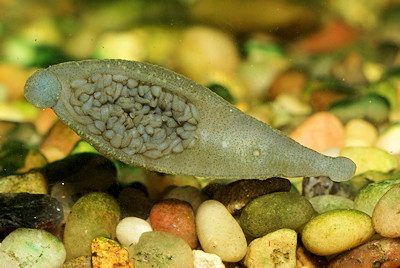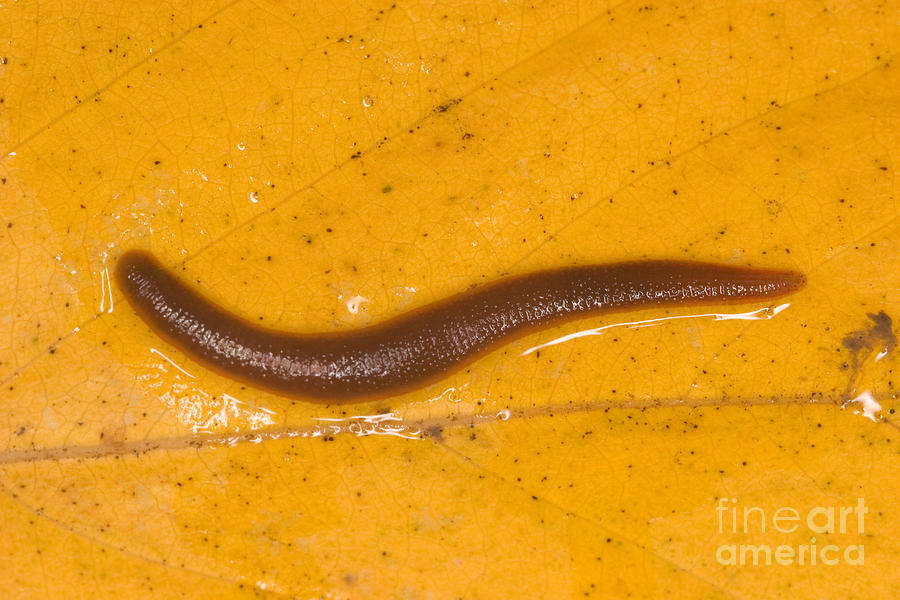

Some species are only 2mm or so.Ĭhaetogaster Five species of colourless worms, about 10mm long. They are small, rarely more than 25mm long (though the Ophiodonais are up to 75mm). Naidae These are probably the commonest of the freshwater annelids. There are 5 species according to John Clegg's 'Observer's book of Pond Life'. Lumbricidae These are relatives of the common earthworm and the aquatic members, of the genus Eiseniella are like small, pink earthworms - up to 50mm long. The following five families are the best known:. There are eight families of freshwater Oligochaetes which ae relatively easy to identify - the arrangement of the bristles is the best indication. Most of these worms eat decaying organic matter in the mud, just as does the common earthworm. The transparent ones are interesting studies under the microscope as you can see their internal organs. Many of these worms are transparent and nearly colourless, so they are not easy to see, even in a dish. Other species live amongst dense vegetation (the ones in my tank were in hornwort in a garden pond) or inside the stems of such plants as reed-mace, bur reed and other rushes. If you sieve it, the worms you are looking for can often wriggle through the sieve and escape. The best way to get these is to scoop up the mud and spread it in a thin layer in a shallow dish. Often they live in the mud at the bottom where some of them make burrows. These are very common in both still and running water, even though they are not always evident. These are exclusively marine, so we will consider only the Oligochaetes These, the leeches, have no bristles!Įach segment in a true worm in fact contains an almost complete set of internal organs - which accounts for the fact that, if you cut a worm in two, both halves heal up and you get two worms! The Chaetopoda are divided into two orders: Hirudinea From the latin hirudo - a leech. These all have (usually microscopic) bristles on the segments to help them move

All annelids are segmented: you can easily see the rings separating the segments of an earthworm.įreshwater annelids belong to two classes:įrom the greek chaitos (bristle) and pod (foot). The following notes are compiled from various books I own and may give you clues as to what to search for on the AnnelidaĪll true worms are members of the phyllum Annelida - the most familiar of which is the common earthworm. If you find worms in your tank, it is extremely unlikely that these are harmful: treat them as just another interesting inhabitant! Most aquaria are not balanced ecosystems - but worms are still useful and will often find their way in on plants or other items introduced into the tank. Just as in garden soil, or the garden compost heap, worms are a necessary part of a balanced ecosystem. However tubificidae are only one family of worms! Most aquarists will only be aware of the tubifex worms, which used to be commonly sold as live fish food. They find burrowing difficult under water. However even garden worms live by transpiration through a layer of slime, they are in fact transpiring 'under water' if you will! Indeed the red worm that is very common in compost heaps will live indefinitely in the gravel of an aquarium - though, not being adapted for it, they have no evolved mechanism for escaping the larger fish. Some are completely aquatic and some simply like boggy conditions. There are lots of true worms that live in fresh water - one book I have says around 200 species. There are also the flatworms or Planarians, not covered on this page. China mark moth caterpillar (Pyralidae).For these other larvae, try looking for some of the following: This page deals only with the true worms. The title of this page might be taken to cover a whole 'can of worms' - for the word 'worm' is used to cover any long, thin, small animal and many of these are not worms at all but are insect larvae.


 0 kommentar(er)
0 kommentar(er)
